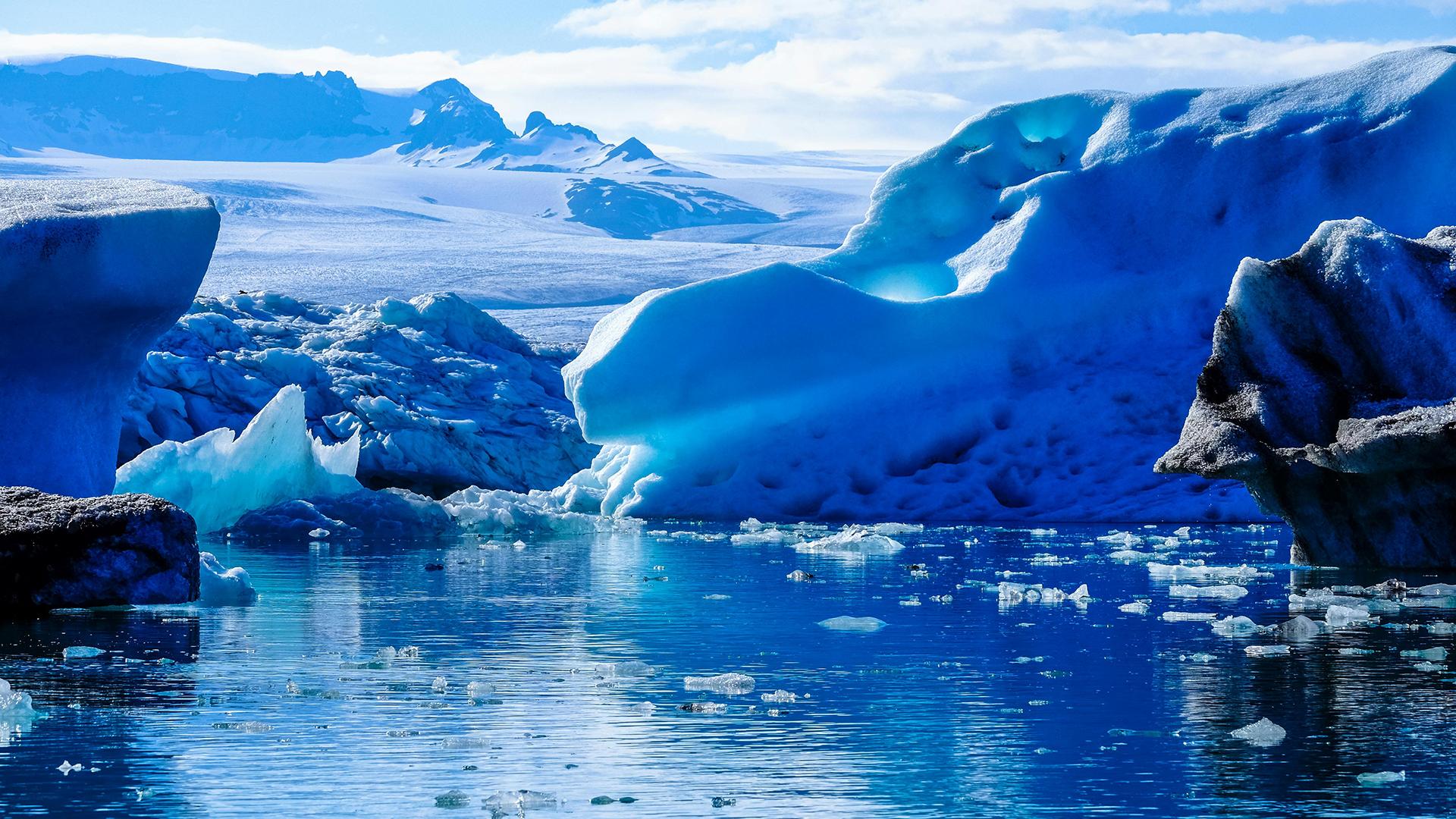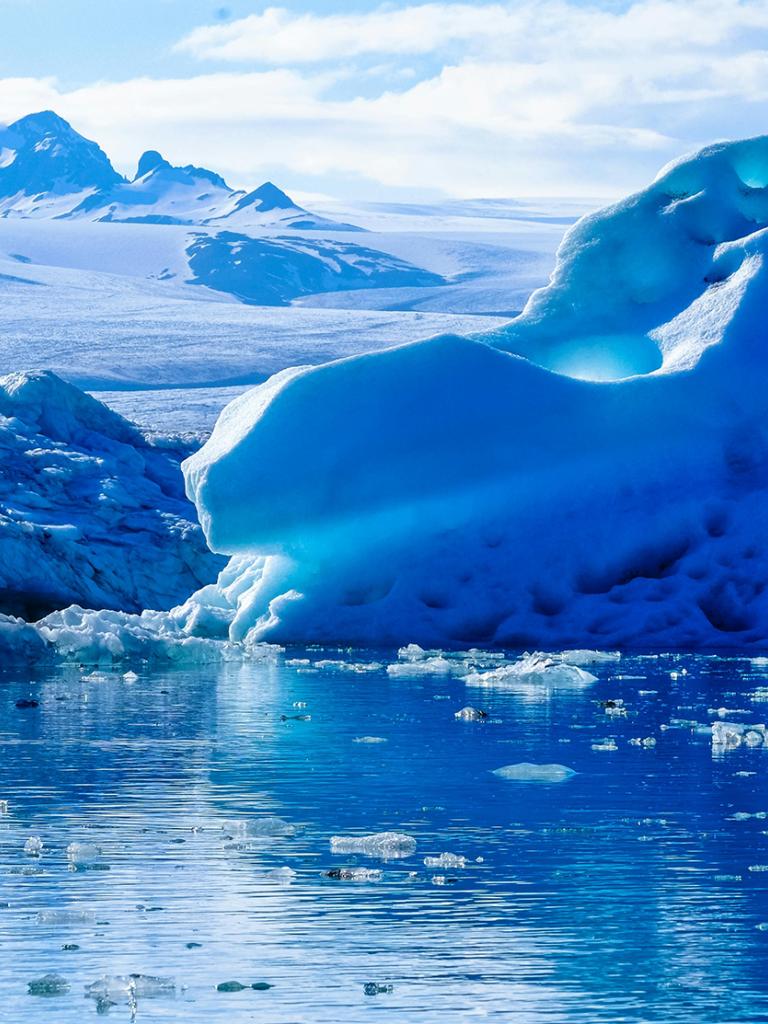05 March 2024
29 February 2024
About
The study examined the impact of ice and on-ice snow properties of northern lakes on passive and active microwave signatures through forward simulations of brightness temperature and backscatter at frequencies, observation geometries, and sensor configurations relevant to satellite altimetry missions (Sentinel-3, Jason-3 and Sentinel-6).
Three lakes were selected for analysis (Great Slave Lake, Lake Baikal and Lake Oulujärvi) to encompass a diverse range of ice and snow conditions, as well as varying lake sizes. Great Slave Lake, located in Canada, was chosen for its considerable width, making it less susceptible to land contamination. In contrast, Lake Oulujärvi, situated in Finland and smaller in size, was selected due to its susceptibility to land contamination, which is particularly pertinent for coarse passive microwave brightness temperature measurements.
Supported by field observations and numerical lake ice model simulations, the study also investigated consistency (bias) in backscatter (low- and high-resolution modes) and brightness temperature measurements between satellite missions. These were then compared to forward simulations. The findings from the study are informing the development of algorithms for the retrieval of lake ice cover and thickness, two thematic variables of lakes recognised as essential climate variables (ECV) by the Global Climate Observing System (GCOS) of the World Meteorological Organization (WMO).
Objectives
This project documented the impact of varied lake ice and overlying snow properties on brightness temperature and radar backscatter measurements acquired from nadir-pointing instruments aboard altimetry missions.
The project had two main objectives:
- To examine the sensitivity of brightness temperature and backscatter data collected from altimetry missions to ice and on-ice snow properties.
- To characterize how the evolving nature of these properties impacts brightness temperature and backscatter at frequencies available aboard the Sentinel-3, Jason-3 and Sentinel-6 altimetry missions through radiative transfer models simulations.
Overview
Collected in-situ observations from Lake Oulujärvi (Finland) and thermodynamic lake ice model simulations of ice and overlying snow properties at Great Slave Lake (Canada) and Lake Baikal (Russia) were used to parameterize forward models for different sensitivity analyses. The primary focus was on assessing the impact of different snow and ice conditions on brightness temperature and backscatter from nadir-pointing instruments. Forward simulations of brightness temperature revealed an increasing sensitivity to snow conditions above 20 GHz, whilst lower frequencies (approximately in the 10-20 GHz range) may offer insights into ice thickness. Backscatter simulations indicated a generally low sensitivity of Ku-band backscatter to changing snow and ice conditions (except for ice thickness) over the lakes. This low sensitivity may, in part, be attributed to limitations of the applied model, which was originally developed for sea ice.

Comparisons of Ku-band Jason-3/Sentinel-6 inter-satellite backscatter (Sig0) in low resolution (LR) mode showed a small bias (< 2 dB). The inter-satellite brightness temperature (TB) was found to be higher than for backscatter and exhibited seasonal variation (approximately 1-3 K during the peak of the ice season and approximately 3-12 K during the open water season). The greatest disparity in TB measurements occurred during summer due to the land contamination effect at Lake Oulujärvi. The disparity decreased as the lake size increased, with a reduction in land fraction within the radiometer footprint. Differences were lower for Lake Baikal and minimal for Great Slave Lake.
Furthermore, evaluations were conducted on differences between Sentinel-6 and Sentinel-3 Sig0 and TB measurements. A good-level of consistency was observed in Sentinel-6 and Sentinel-3 Sig0 LR mode and TB measurements for all lakes during the ice period, with an inter-satellite bias of < 3 dB for Lake Oulujärvi and < 2 dB for Great Slave Lake.
Differences between mean monthly high-resolution (HR) mode backscatter values were higher than those in LR mode. HR Sig0 differences ranged from -9 to -14 dB for the ICE retracker and from 7 to 11 dB for the ocean retracker, with even higher disparities observed for smaller Lake Oulujärvi, ranging from -15 to -21 dB for the ICE retracker.

Comparisons between forward simulations and satellite TB measurements revealed the highest correlations (0.47-0.96) at 24 GHz, with biases ranging from -2 to 10 K, across all three missions and for all three lakes. This was followed by 18 GHz (correlation: 0.40-0.96; bias: 11-16 K) and 34/37 GHz (correlation: 0.12-0.91; bias: -8 to 7 K).
In terms of simulated and observed backscatter (scaled between 0 and 1 for comparison), there was generally better agreement with Sig0 from the ICE retracker than the ocean retracker in LR mode, particularly at Great Slave and Oulujärvi. The performance of both the ocean and ICE HR Sig0 of Sentinel-6 was similar. Sig0 of Sentinel-3 and Sentinel-6 retrieved from HR mode waveforms using the ocean (SAMOSA) retracker showed promising potential for the retrieval of lake ice thickness, as it demonstrated clear and low-noise seasonal variability over lake ice.
However, for Lake Baikal, the correlation between simulated and observed backscatter values was generally low and negative for all satellites and altimeter sampling modes. Forward simulations failed to reproduce the high winter Sig0 values observed by altimeters over the black ice at Lake Baikal, which was characterized by a very smooth (mirror-like) surface.


Based on the findings from the forward simulations, the analysis of Sig0 and TB measurements from altimeter missions, and comparisons between simulated and observed quantities, three topics have been identified for further investigation:
- Advancement in radiative transfer modelling, particularly focusing on simulations of full waveforms/Sig0 in both LR and HR modes over freshwater ice. Such simulations could not be performed with the model available for this study and similar models.
- Development of lake ice thickness (LIT) retrieval algorithms (analytical, empirical or machine learning based) from altimeter waveforms (LR and HR modes) or from the combination of TB and Sig0 measurements. These algorithms should be applicable to lakes characterized by distinctively different ice and overlying snow properties. \
- Development of machine learning approaches for the classification of ice types (new, old and melting ice) and open water along altimeter tracks, utilising data acquired in both HR and LR modes. Products generated from these approaches would be relevant with assisting with winter transportation (such as ship and ice-road routes), weather forecasting, and climate monitoring, especially when applied to long timeseries of data from past and current altimeter missions.

